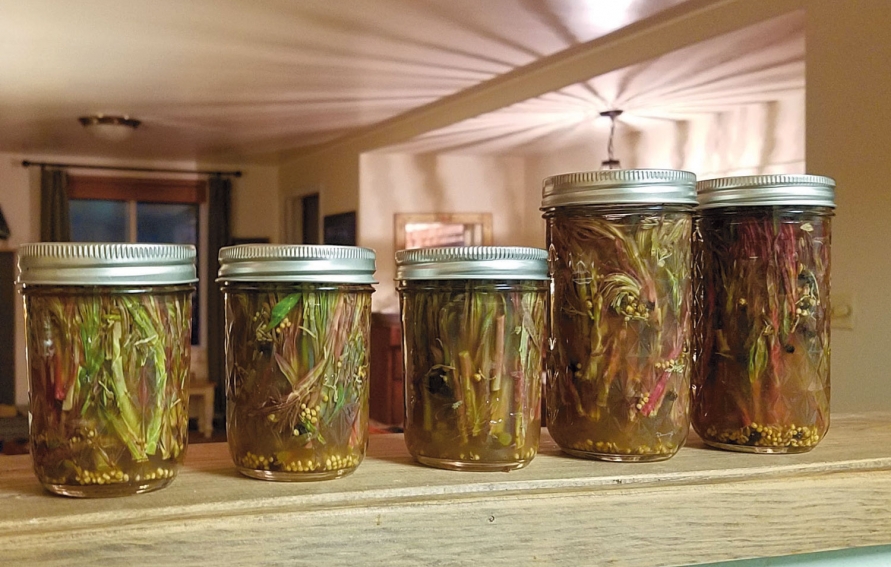Citron Melon Jam with Orange and Star Anise
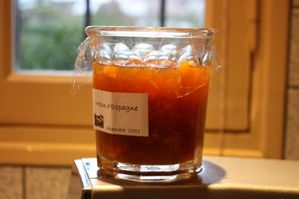 Citron Melon Jam with Orange and Star Anise
Citron Melon Jam with Orange and Star Anise
2¼ pounds seeded and peeled citron melon (see my previous post on prepping)
1 pound 2 ounces sugar
1 organic orange
1 star anise
½-inch piece vanilla bean
Juice of 1 to 2 lemons, to taste
Coarsely grate the melon in the food processor or by hand. Wash the orange under running hot water and dry it thoroughly with paper towel. Zest it and finely chop the zest. Cut the orange in half horizontally and scoop out the flesh with a grapefruit spoon, avoiding any of the bitter white pith. Tie the star anise in a small piece of cheesecloth. This will save you fishing for the pieces later. The jam requires a lot of stirring and chances are that the star anise will break apart. Split the vanilla bean open. Mix the melon, orange zest and flesh, star anise and vanilla bean in a non-reactive container with a lid. Cover and let stand for at least 12 hours or overnight. The next day, put the mix in a heavy pot and slowly bring to a boil. Do not pour off the liquid. Turn down the heat to low to medium and cook until the melon is translucent and liquid turns into thick syrup, about 45 minutes. Stir every few minutes at the beginning, almost constantly at the end. Be careful not to overcook it, or you will caramelize the jam. Remove the star anise and vanilla bean and stir in lemon juice to taste. Ladle the jam into sterilized jars with screwtop lids. Let cool and close jars. Store in the refrigerator and use within a month.
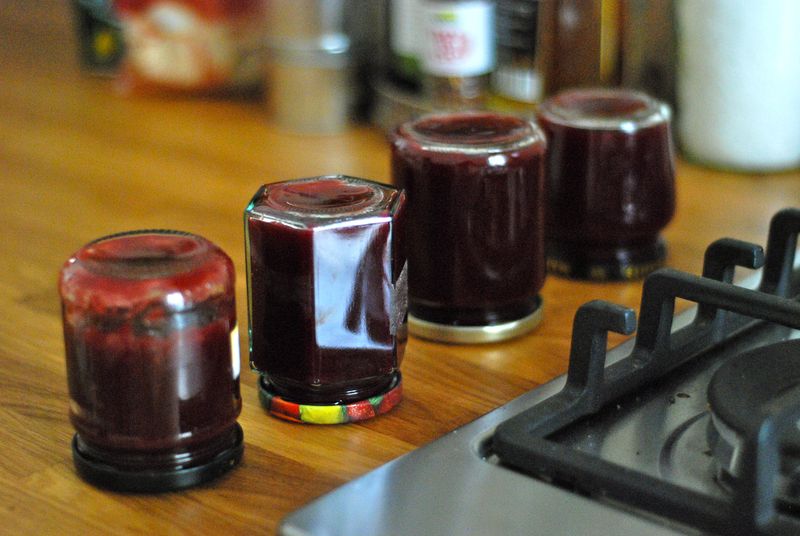 Marisa McClellan’s Cherry Butter
Marisa McClellan’s Cherry Butter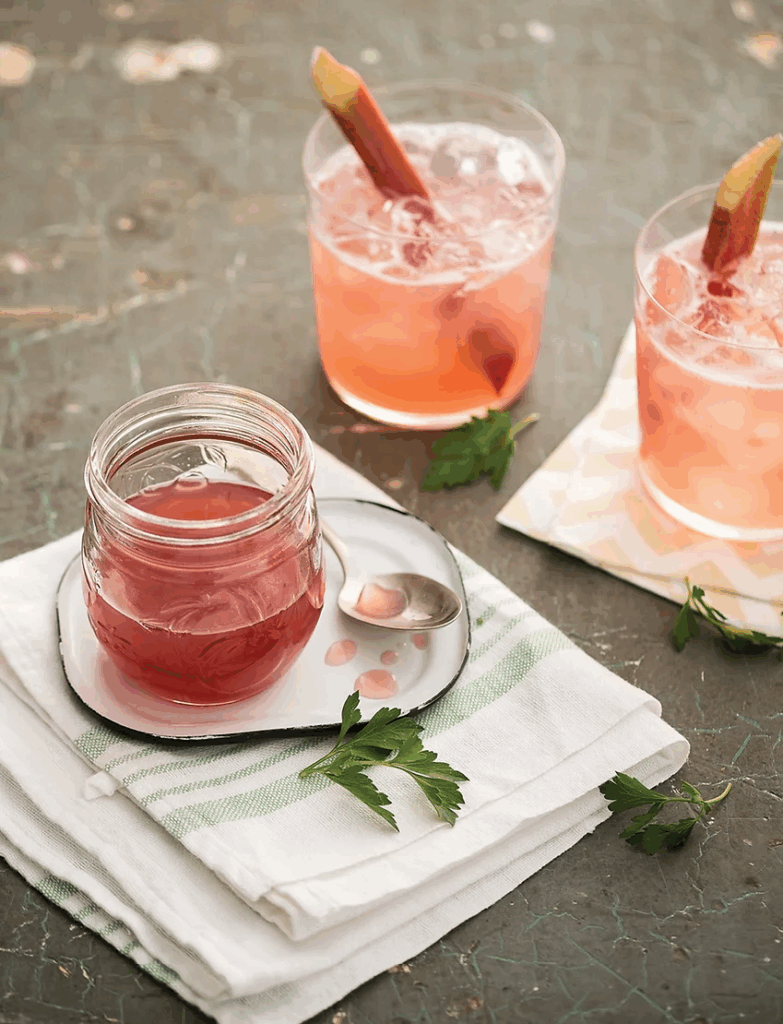 Rhubarb Parsley Syrup
Rhubarb Parsley Syrup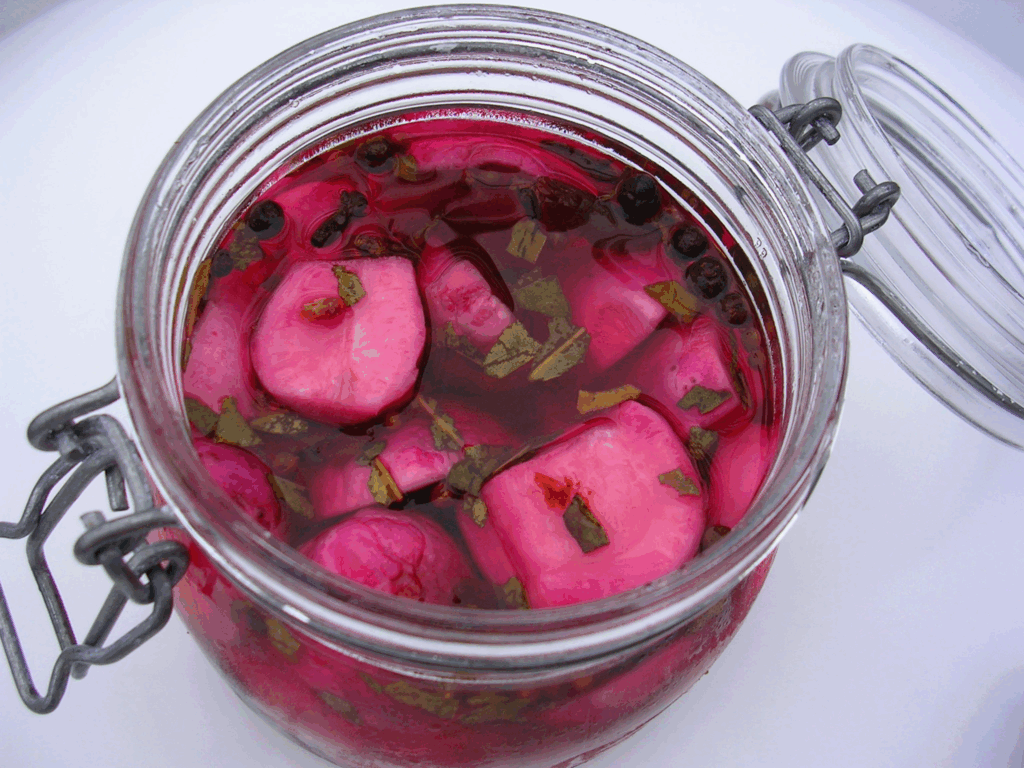 Pickled Sweet-and-Sour Radishes
Pickled Sweet-and-Sour Radishes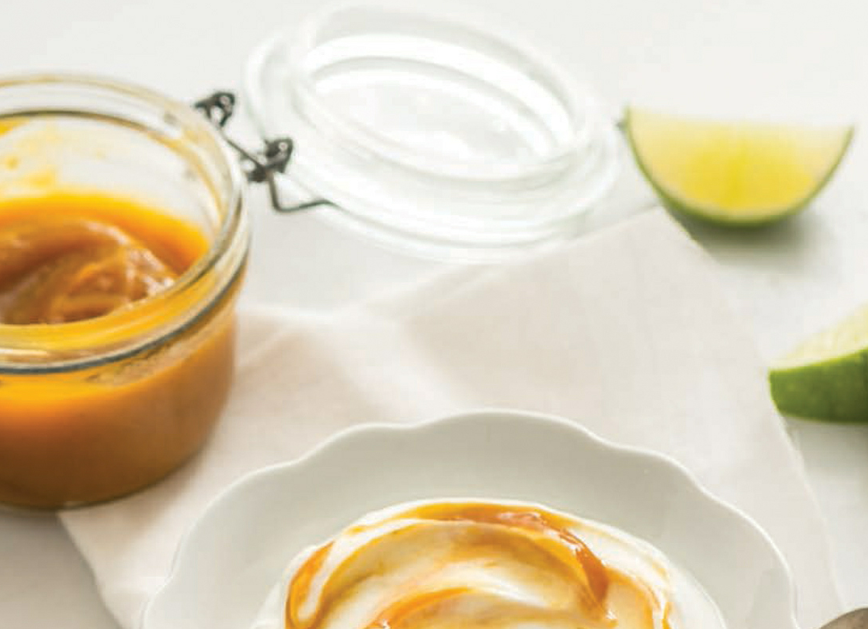 Mango Lime Butter
Mango Lime Butter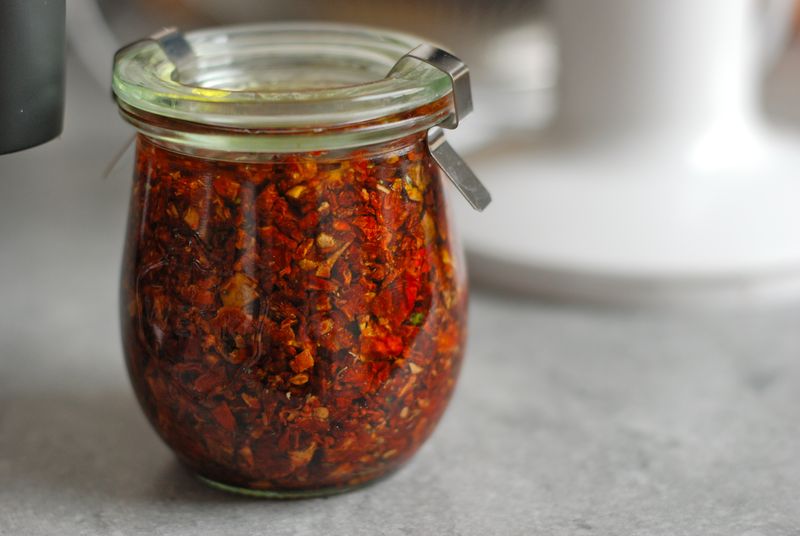 Capuliata
Capuliata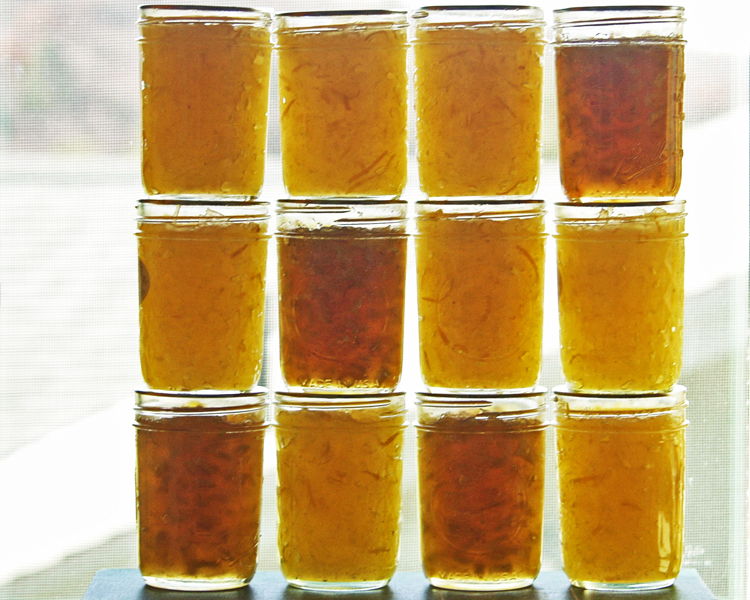
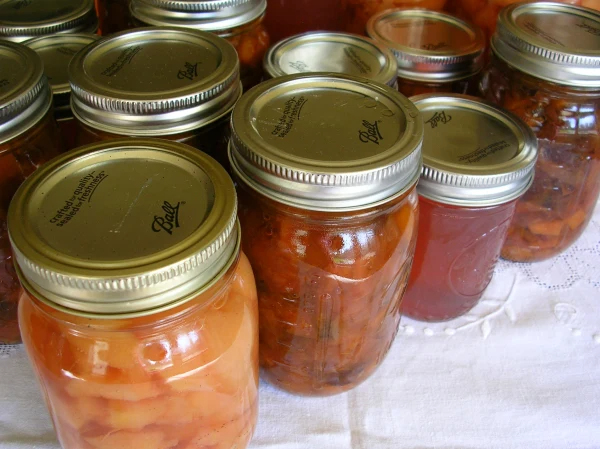 Spiced Quince Sauce
Spiced Quince Sauce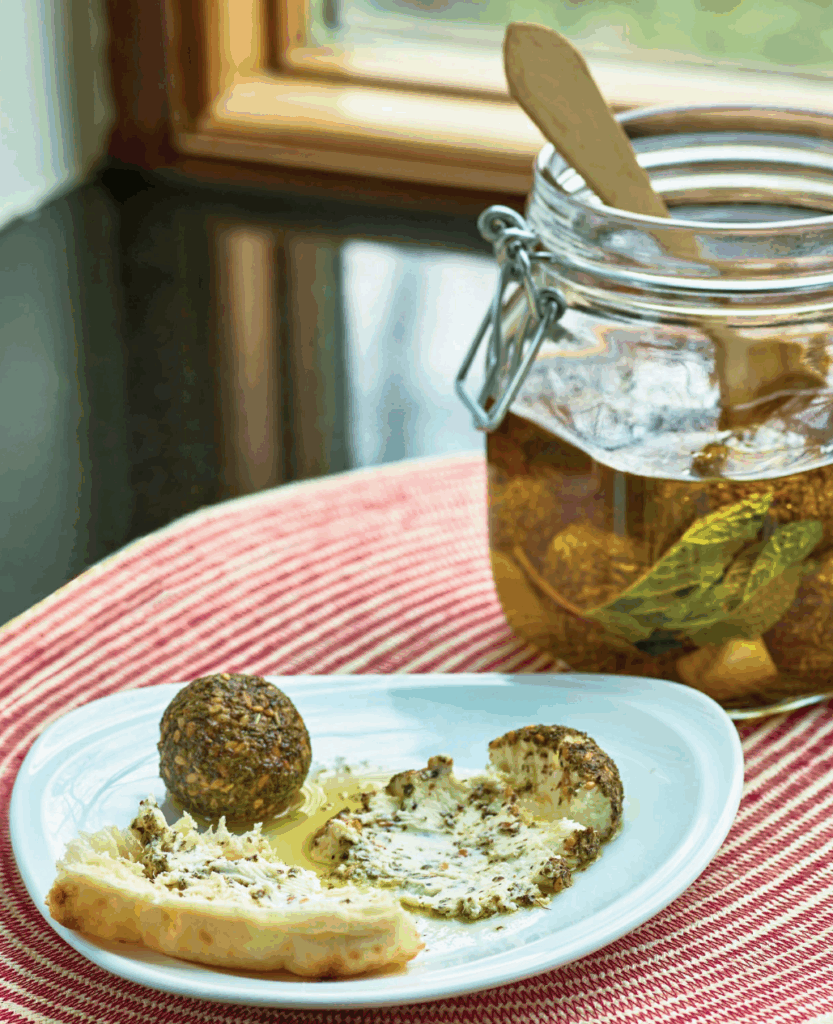 Fresh Goat Cheese Shanklish
Fresh Goat Cheese Shanklish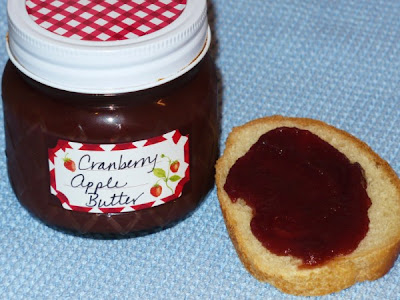
 Crab Apple Jelly
Crab Apple Jelly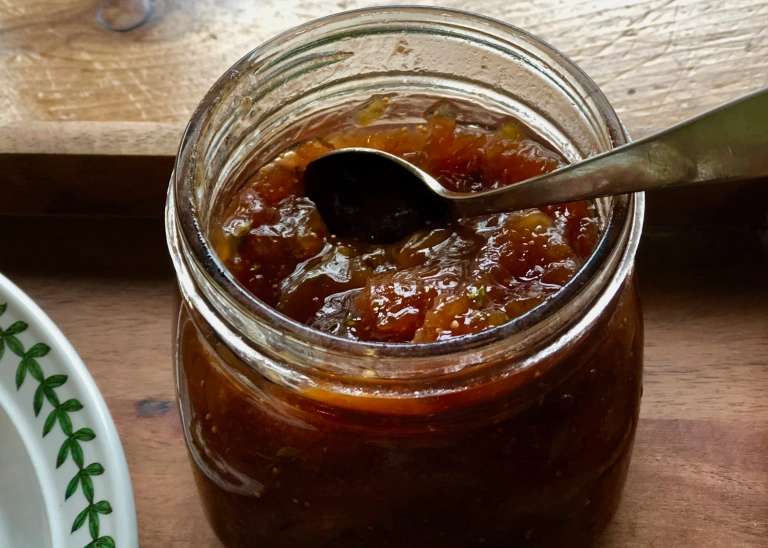 Roasted Fig Preserves with Lemon and Thyme
Roasted Fig Preserves with Lemon and Thyme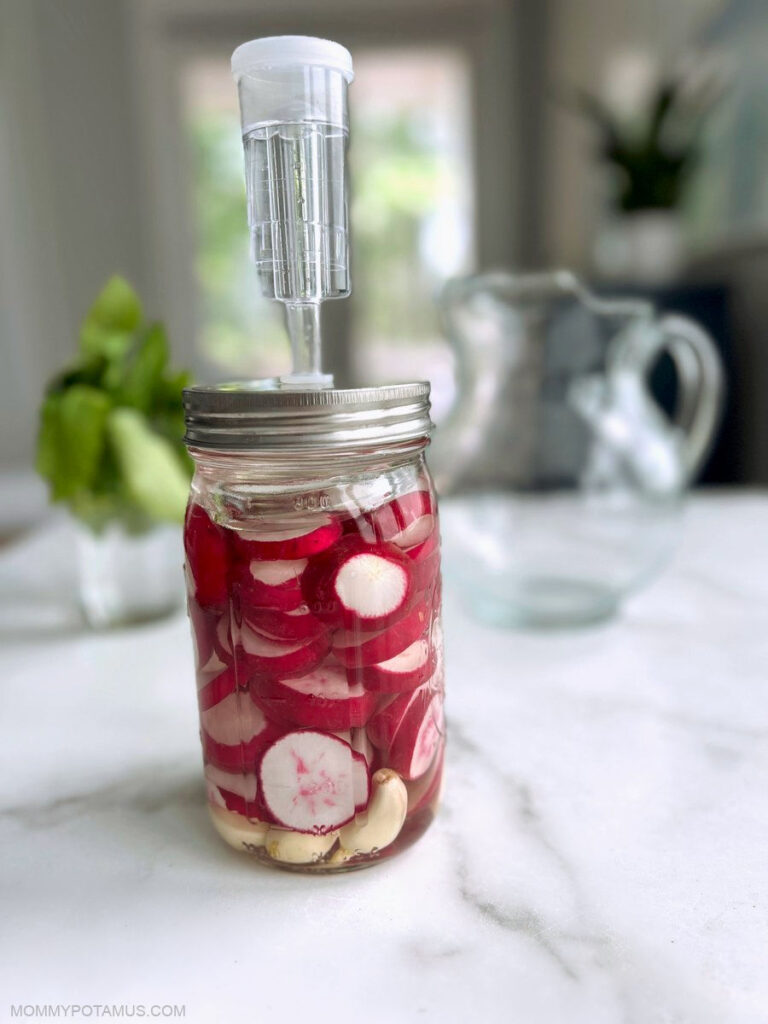 Garlicky Fermented Radishes
Garlicky Fermented Radishes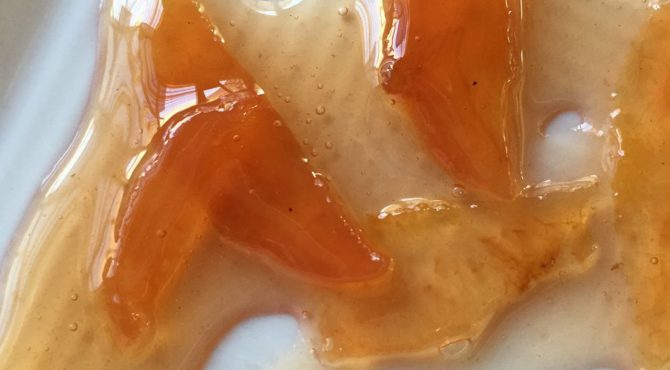 Kieffer Pear Preserves
Kieffer Pear Preserves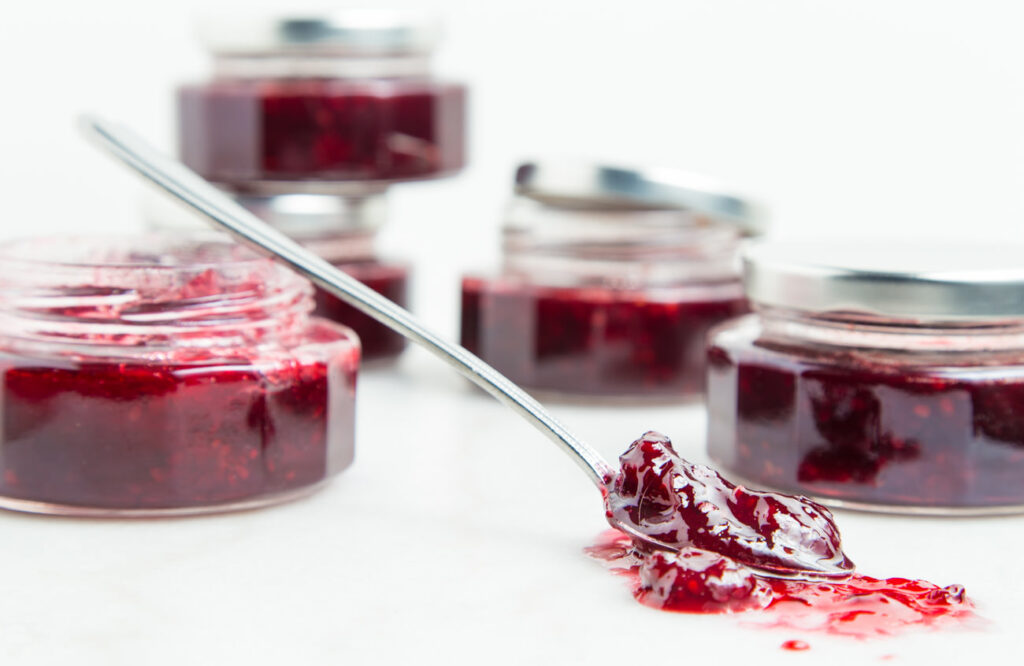 Blackberry Roasted Plum Preserves
Blackberry Roasted Plum Preserves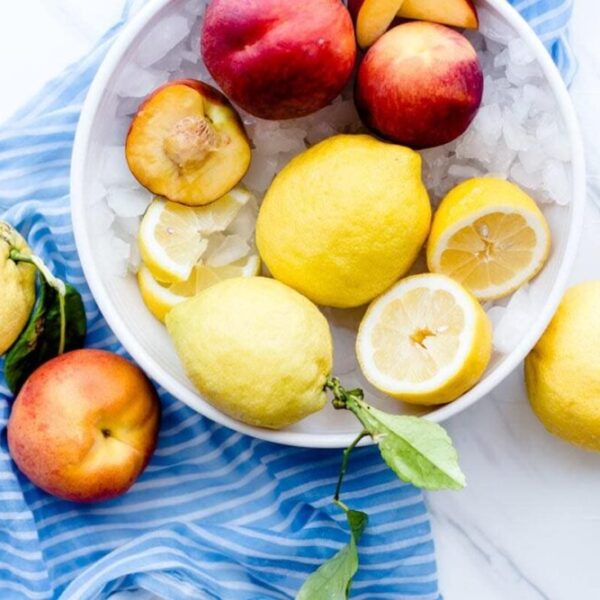 Peach + Citrus Marmalade
Peach + Citrus Marmalade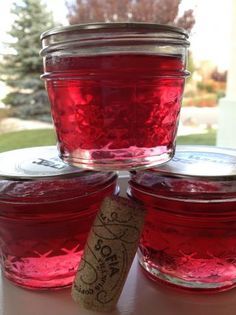 “just a cup” rosé wine jelly
“just a cup” rosé wine jelly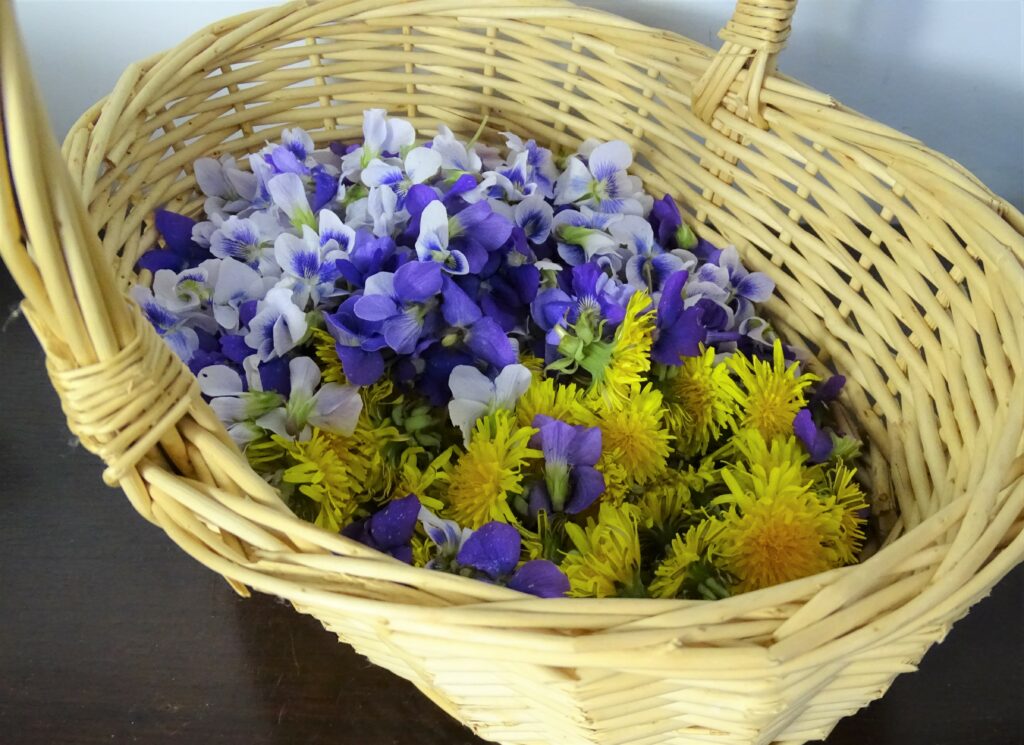
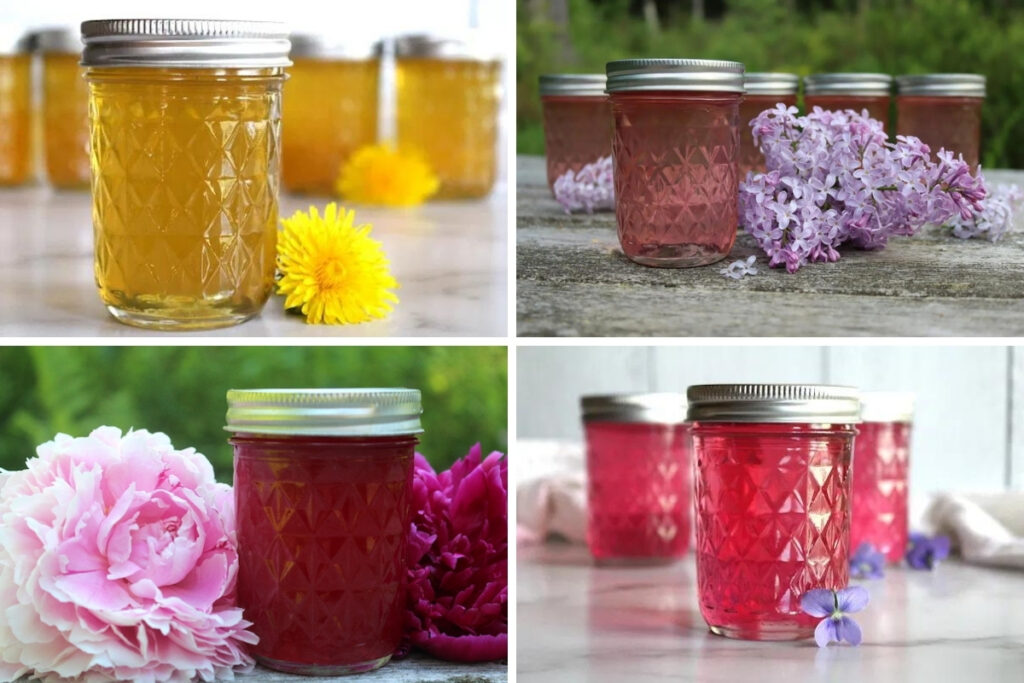
 Chanterelle-Apricot Jam
Chanterelle-Apricot Jam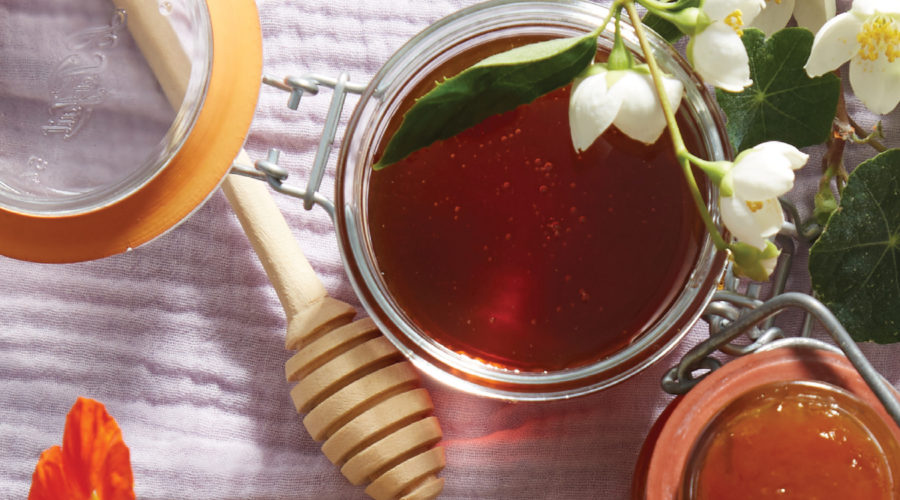 Apricot-Chamomile Jam
Apricot-Chamomile Jam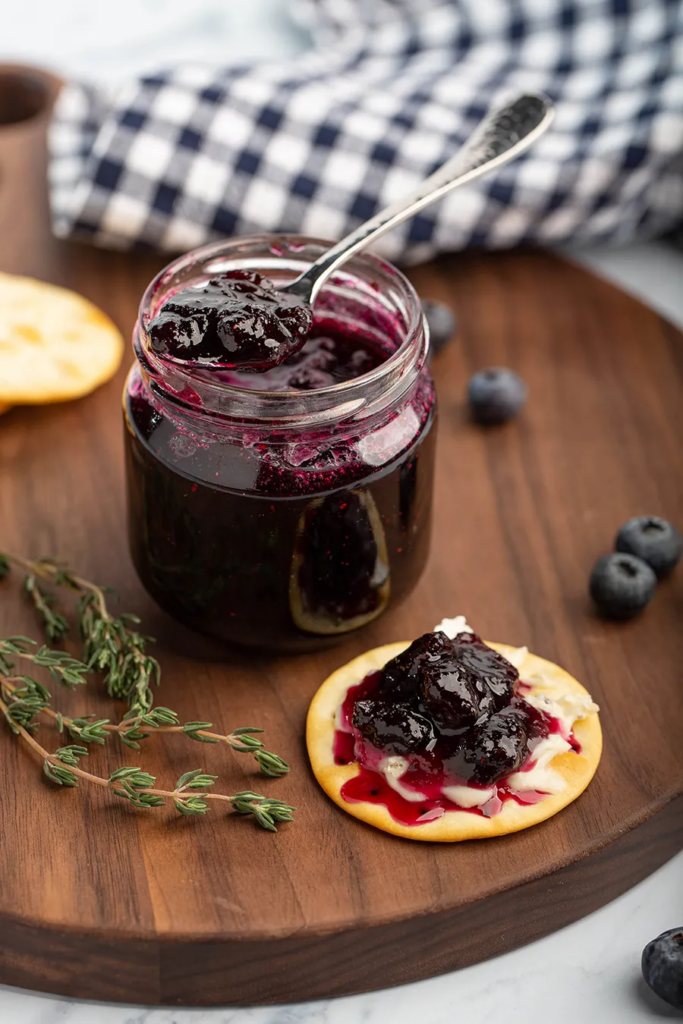 Small Batch Blueberry Thyme Jam
Small Batch Blueberry Thyme Jam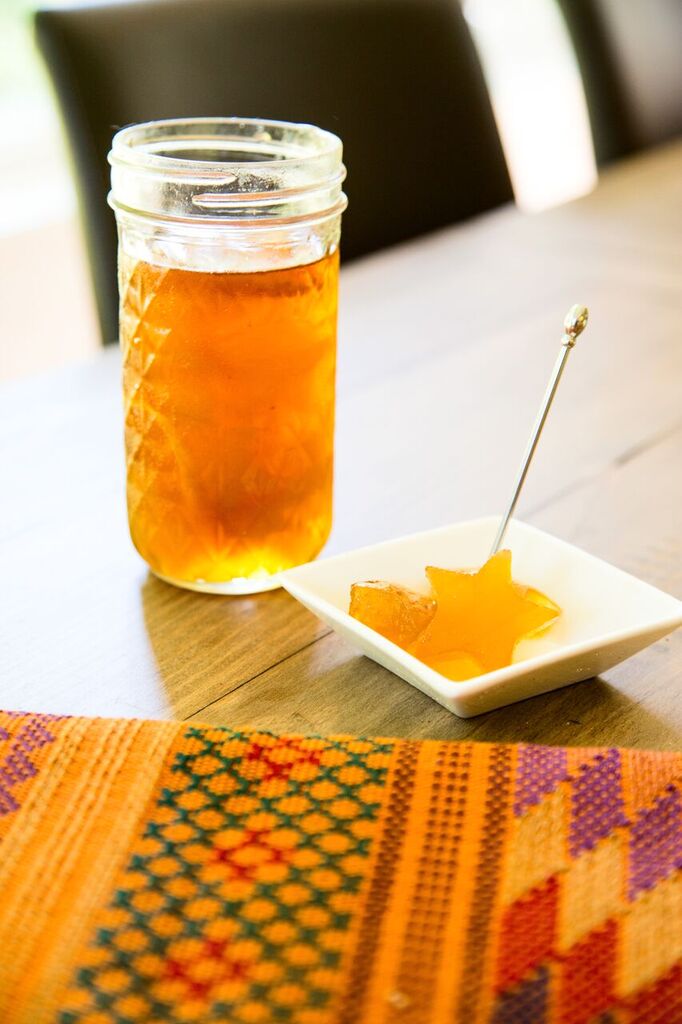 Watermelon Rind Pickles
Watermelon Rind Pickles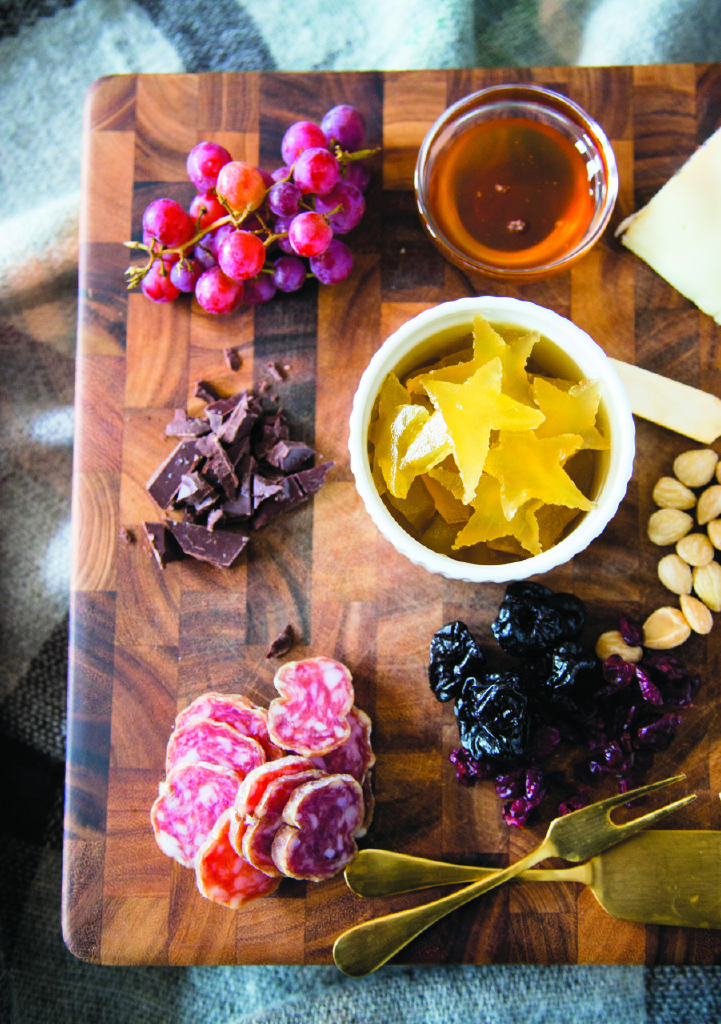
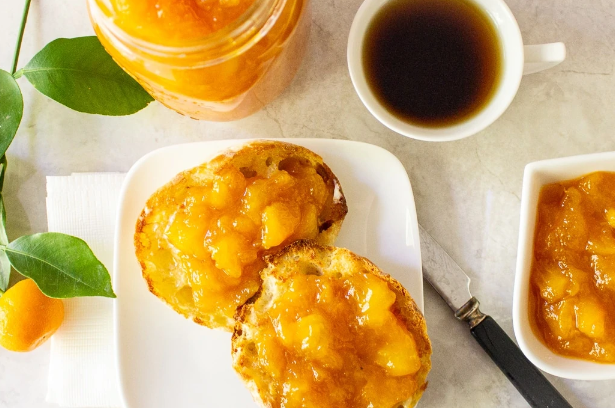 Peach Marmalade
Peach Marmalade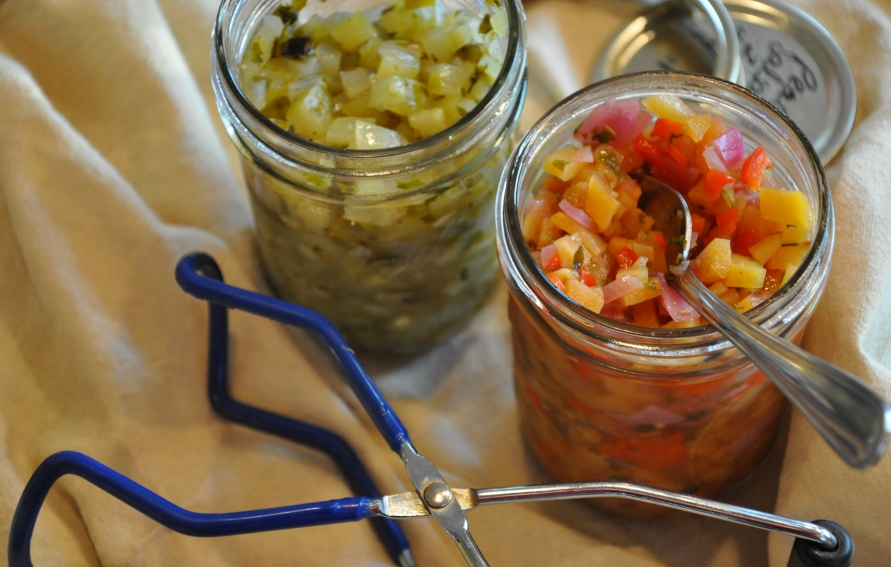 Cucurbit Salsa
Cucurbit Salsa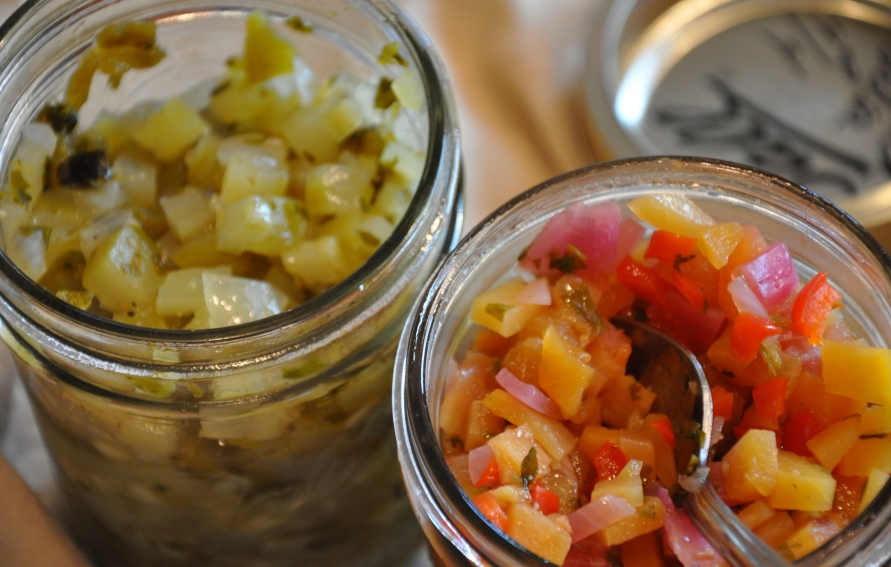 Stone Fruit Salsa
Stone Fruit Salsa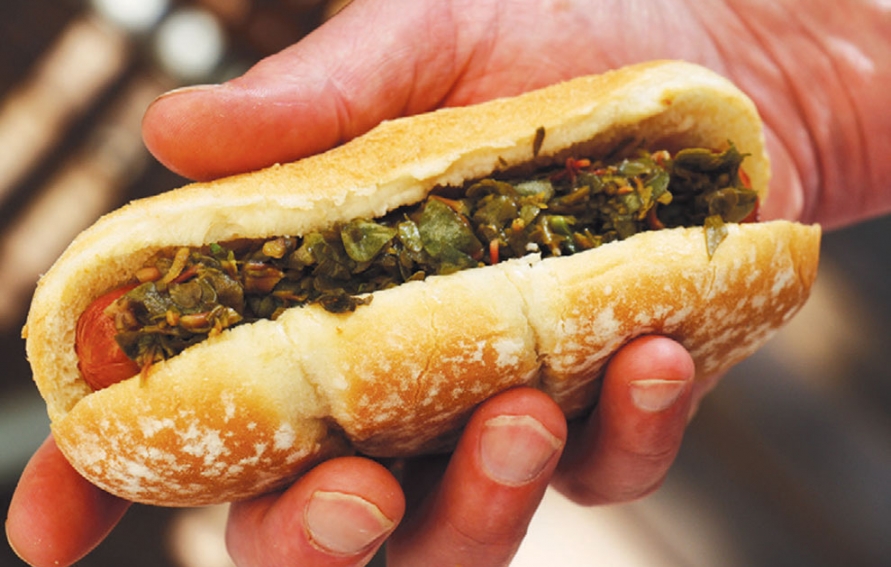
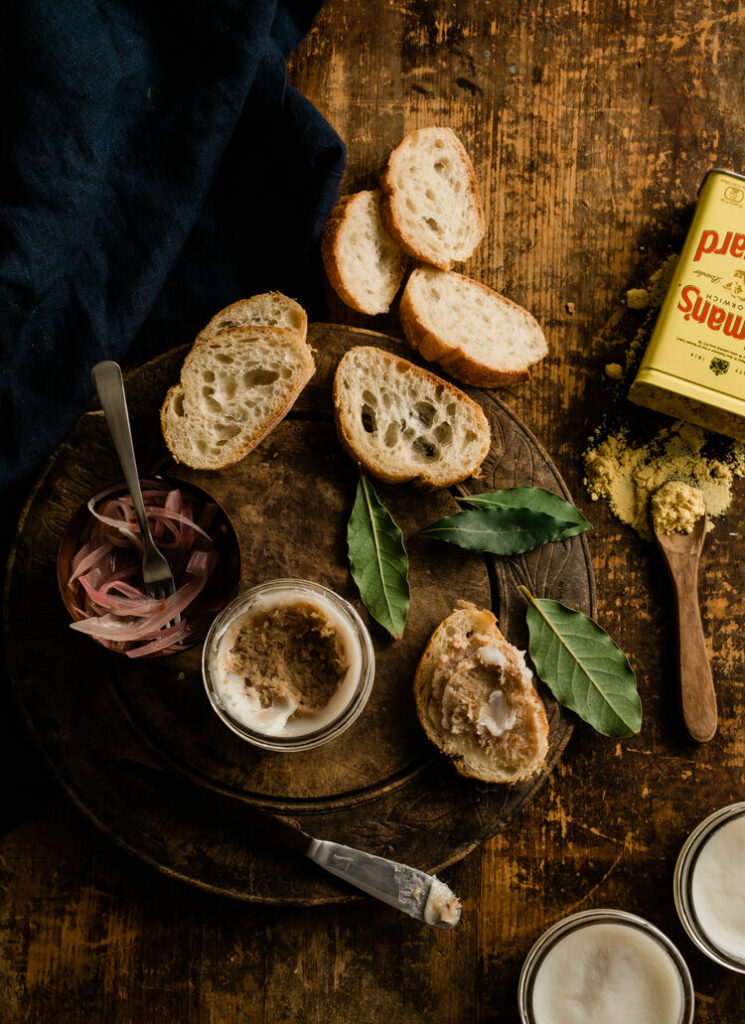 Potted Pork with Mace and Mustard
Potted Pork with Mace and Mustard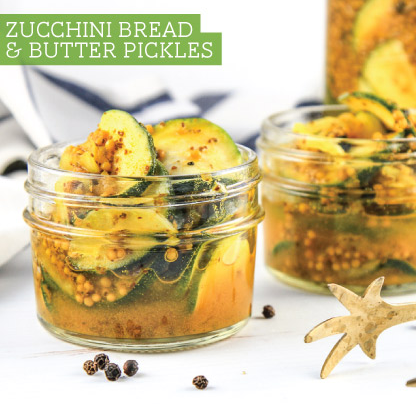 Zucchini Bread & Butter Pickles
Zucchini Bread & Butter Pickles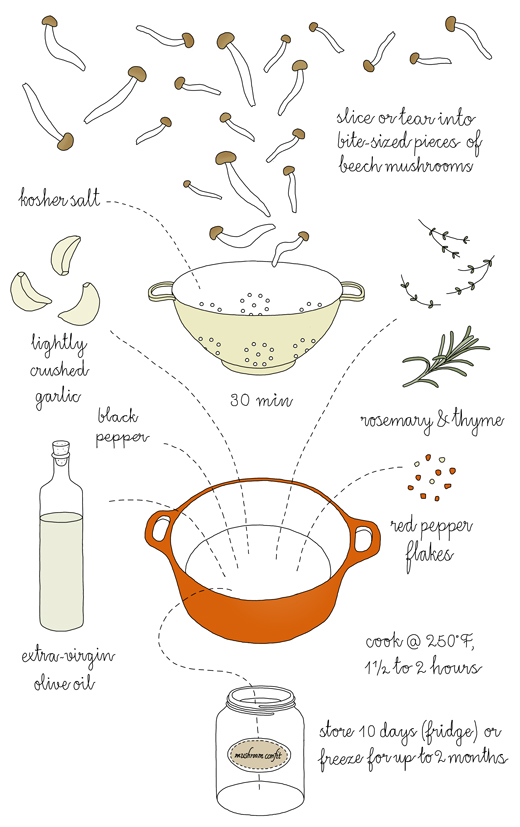
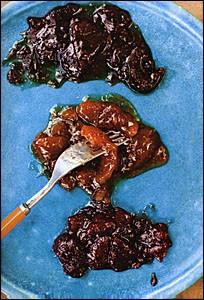 Brown Turkey Fig Jam with Sherry & Fennel
Brown Turkey Fig Jam with Sherry & Fennel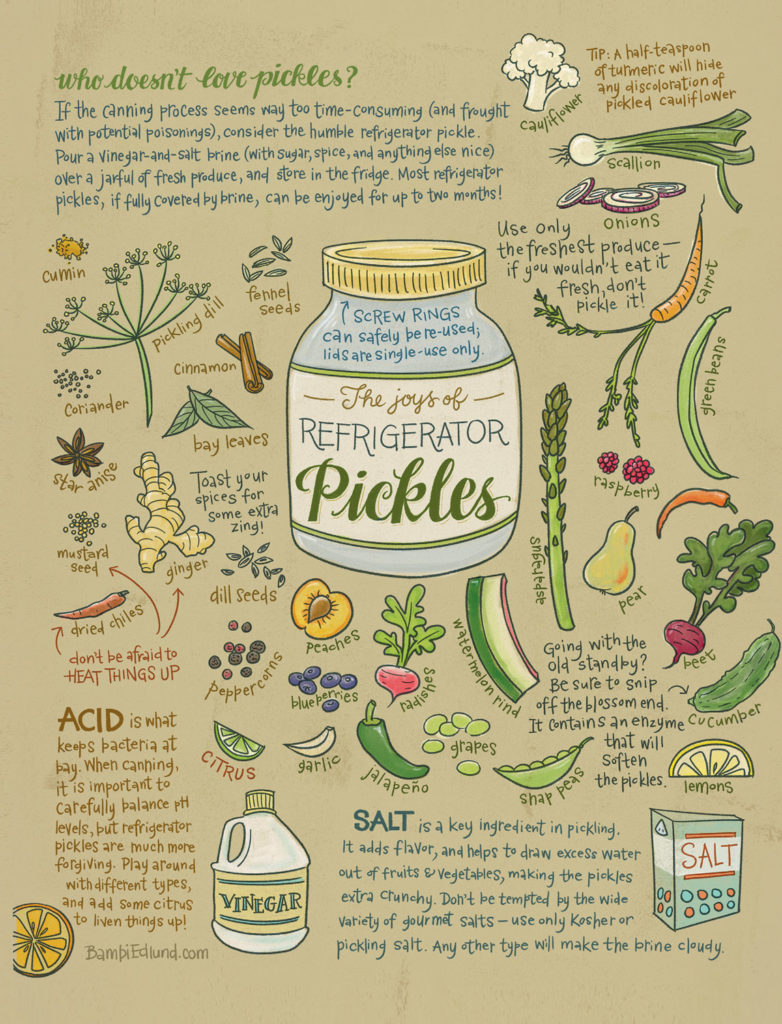
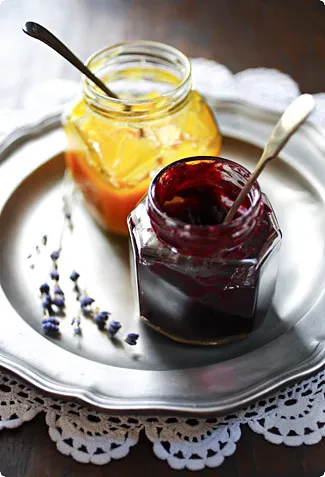 Peach and Lemongrass Butter
Peach and Lemongrass Butter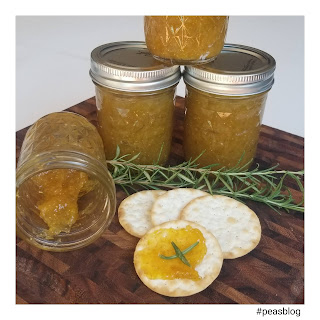 Rosemary Fig Preserves
Rosemary Fig Preserves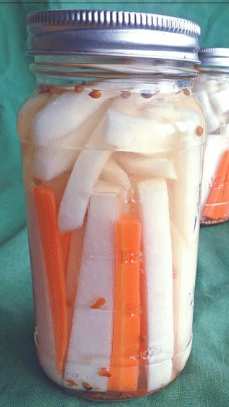 Pickled Kohlrabi
Pickled Kohlrabi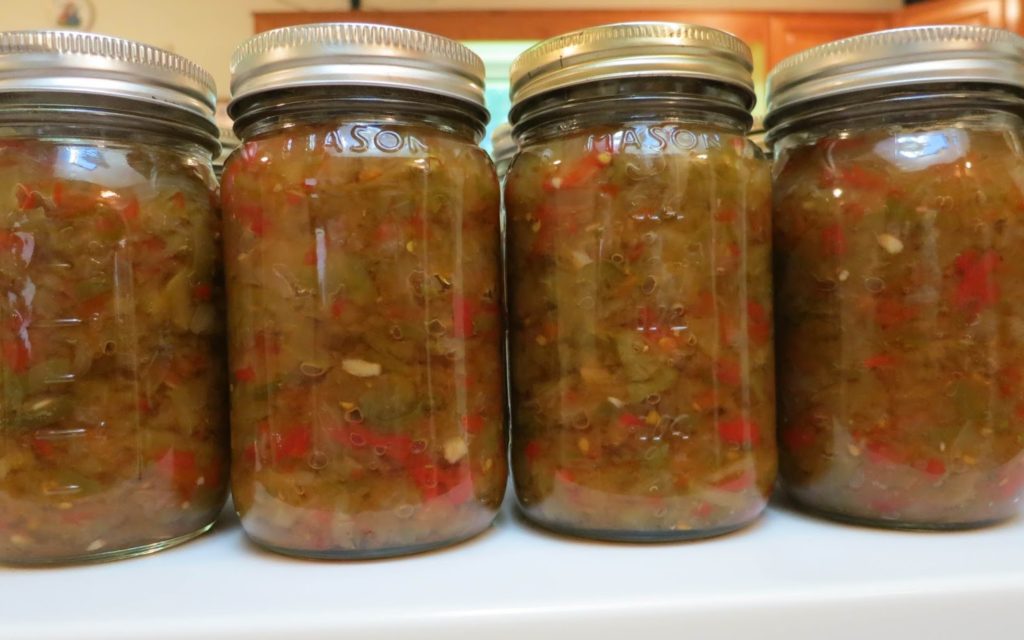 Green Tomato Relish
Green Tomato Relish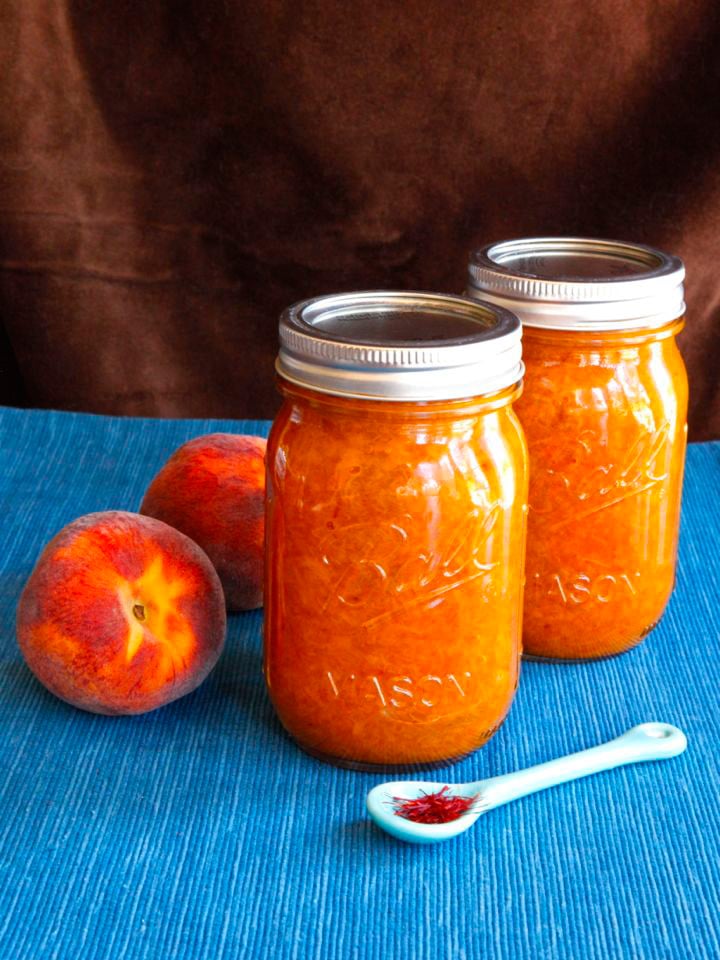 Peach-Saffron Preserves
Peach-Saffron Preserves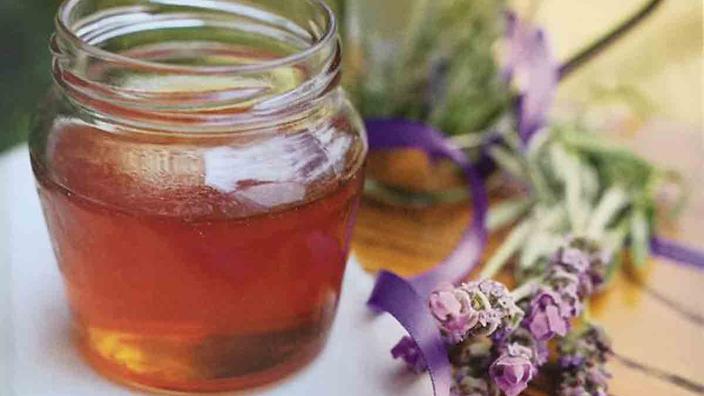
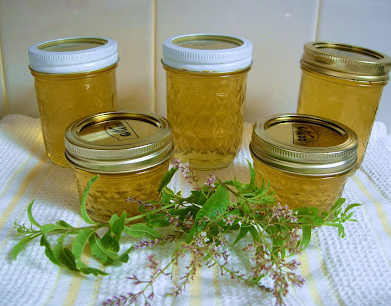 Lemon Verbena Jelly
Lemon Verbena Jelly Pickled Green Tomatoes
Pickled Green Tomatoes